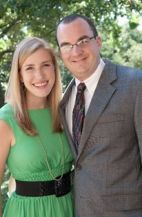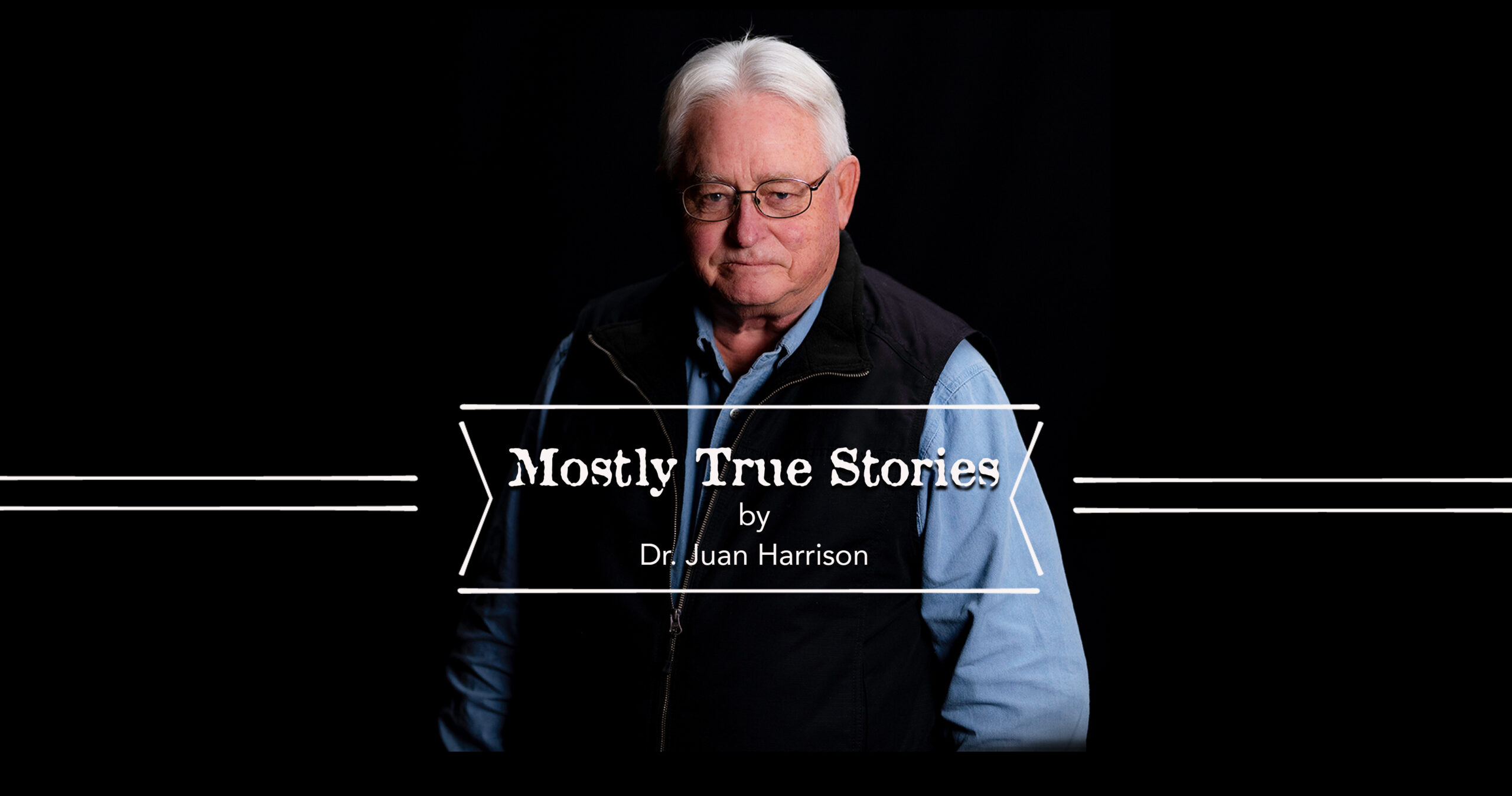Supreme Court Sides with Churches in Critical Religious Freedom Ruling by John Litzler

[adning id=”33097″]
On Monday, June 26th, the last day of its term, the Supreme Court of the United States (“SCOTUS”) ruled that denying a public benefit to a church or religious organization because of the organization’s religious character violated the free exercise clause of the first amendment. The 7-2 decision is one of the most significant religious liberty decisions of this generation.
The case:
Trinity Lutheran Church in Missouri applied for a grant as part of Missouri’s “2012 Scrap Tire Program”. Under the program, Missouri places a fee on the purchase of new tires. This fee is used to provide grants to non-profits that resurface their playgrounds using rubber from recycled tires. The program has the added benefit of reducing the number of old rubber tires in landfills across the state.Trinity Lutheran Church, a non-profit, operates a daycare and preschool child learning center throughout the year. The child learning center had a playground with pea gravel. The Church sought a grant from the state of Missouri to replace the gravel with recycled tires.
Missouri had limited funds and applications to the Scrap Tire Program were competitive. Out of 44 applicants, only 14 received grants. Based on its application, Trinity Lutheran ranked fifth out of the 44 non-profits seeking to receive a grant. But Missouri denied Trinity Lutheran’s application because Trinity Lutheran is a church. One portion of the Missouri Constitution, commonly referred to as a Blaine Amendment, states, “That no money shall ever be taken from the public treasury, directly or indirectly, in aid of any church…” Because the Missouri constitution doesn’t allow public funds to be used by churches, the Missouri Department of Natural Resources categorically rejected Trinity Lutheran’s grant application.
Blaine Amendments:
In 1875, Congressman James Blaine proposed an amendment to the United States Constitution that would ban the use of public funds to support private sectarian schools. The amendment overwhelmingly passed in the U.S. House of Representatives, but in the Senate, it fell four votes short of the requisite 2-3 supermajority vote necessary to amend the Constitution. After the amendment failed in Congress, individual states began to pass their own versions of Blaine Amendments. By the time SCOTUS heard the Trinity Lutheran case this year, 39 of 50 states had some version of a Blaine Amendment as part of the state constitution.
In states with a Blaine Amendment, the issue of school vouchers is a moot point. The state constitution prohibits the use of public funds by a private school. Texas, however, does not have a Blaine Amendment as part of its state constitution. When the Texas Legislature meets each biennial, school vouchers are always a predominant topic.
In fact, because Blaine Amendments specifically prevented public funds from being used to support private sectarian schools, Blaine Amendments are commonly believed to be rooted in anti-Catholicism. Many of these state constitutional amendments, however, are significantly broader than Congressman Blaine’s original language. Consider the language of the Missouri amendment. It is so broad that it prevents public funds from being used “indirectly, in aid of any church…or in aid of any priest, preacher, minister or teacher…”. Opponents of Missouri’s amendment claim that this language is so broad that it would prevent a fire department from aiding a burning church or pastor’s home by putting out the fire.
What the ruling means:
The Supreme Court Justices were in three camps, and American citizens are likely in the same three camps. Regardless of how legal experts feel personally about the ruling, they are all agreeing that this is a significant ruling in our evolving understanding of religious liberty in the United States.
Camp 1) This is the camp of Chief Justice Roberts, and Justices Kennedy, Kagan, Breyer, and Alito. This camp believes federal, state, and local governments can allow churches to use public funds if the government doesn’t show preferential treatment to the churches, and as long as the church uses the funds for a purpose that is not an overtly religious activity (e.g. resurfacing a playground or operating a clothes closet or food pantry).
Camp 2) This is the camp of Justices Thomas and Gorsuch. This camp believes the SCOTUS decision doesn’t go far enough. Churches should be allowed to use public funds for religious purposes as well, including using tax dollars to help pay for a student’s private religious education.
Camp 3) This is the camp of Justices Ginsburg and Sotamayor. This camp believes that the SCOTUS decision goes too far and that Blaine Amendments had it right all along. Use of public funds by churches for any reason constitutes an establishment of religion over non-religion. They will seek to limit the scope of the decision and will argue that it should narrowly apply to grants for resurfacing playgrounds and not for any other purposes.
John Litzler directs the Church Law division of Christian Unity Ministries in San Antonio. He is a graduate of the University of Texas and Baylor Law school. He is a member of the SSHS class of 2004.

[adning id=”33207″]
[adning id=”33207″]













